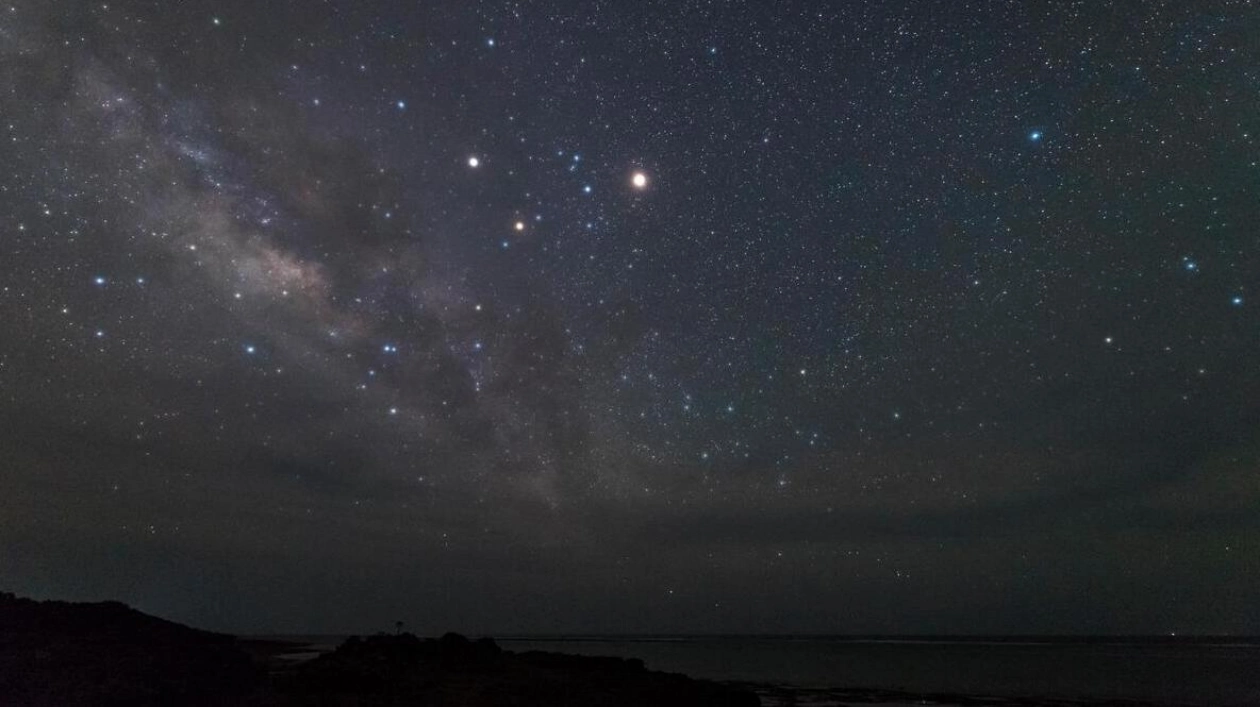As the UAE nears the conclusion of its scorching summer, anticipation mounts towards the horizon for the emergence of the Suhail star. This astronomical phenomenon, anticipated in less than two weeks, heralds the shift from the zenith of summer's heat to more moderate days ahead.
Although it signifies the end of the hottest summer period, immediate temperature reductions are not expected. As the Arabs proverbially state, "If Suhail rises, the night cools down," suggesting that nighttime temperatures will slowly start to decline, indicating the initial signs of a weather change.
Ibrahim Al Jarwan, Chairman of the Emirates Astronomical Society, observed that Suhail will be first observable at dawn beginning August 24, marking the commencement of a notable climatic transition. After Suhail's ascent, the region will undergo around 40 days of transitional weather termed 'Sufriya', characterized by varying conditions that link the intense summer to the beginning of cooler temperatures.
Subsequently, the weather will progressively stabilize starting in mid-October with the onset of the 'Wasm' season, while winter commences approximately 100 days after Suhail's rise. The arrival of Suhail also marks the withdrawal of the Indian monsoon, which diminishes and moves southward. This phase is characterized by the advent of the 'Kous' winds, which increase humidity and facilitate the formation of low clouds.
These clouds, especially along the eastern flanks of the Hajar Mountains in Oman and the UAE, might yield light drizzles, locally known as 'Kous' clouds. Suhail, referred to as the 'Star of Yemen', holds a prominent position in Arab tradition. Its appearance coincides with the distinctive 'Durur' calendar, which divides the year into distinct segments, each lasting one hundred days.






